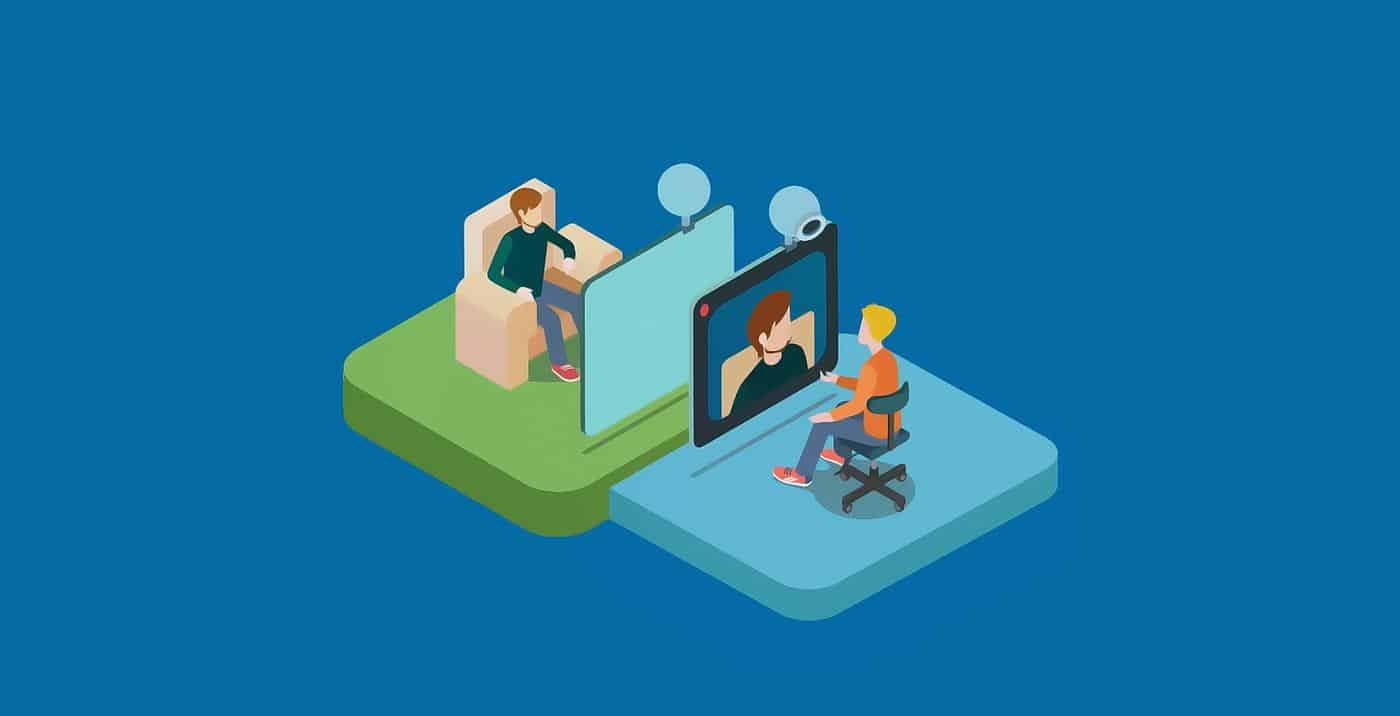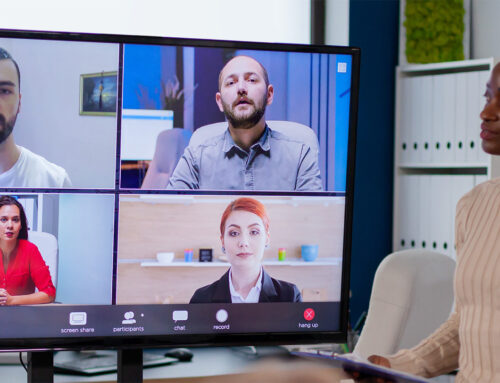The transition away from telephone interviewing is well underway. Online polls now make up the principal source of data on consumer opinion surveys, with CATI projects largely being relegated to B2B audiences, historic tracking studies and geographic areas that lack online representation.
 Although online has now become the preferred methodology for most due to its attractive price point, it still poses a lot of questions in the subjects of quality and representation. The absence of a clear set of standards for online research, in particular online polling, has led to many questions about the reliability of the results that are shared.
Although online has now become the preferred methodology for most due to its attractive price point, it still poses a lot of questions in the subjects of quality and representation. The absence of a clear set of standards for online research, in particular online polling, has led to many questions about the reliability of the results that are shared.
Whilst journalists are now more likely to cite online polls as a reliable source of data, it is still unclear in many cases how these polls are fielded, and if the sample composition is entirely dependable.
Of course, traditional live-interviewing telephone polls have been facing their own challenges as of late. As the cost of labor has increased, so too has the average cost per telephone survey, and as consumers turn away from landline phones in favour of cell phones, response rates continue to decline. To further complicate matters, phone response can vary greatly within different demographic groups.
 There is substantial evidence that phone interviewing is inherently less biased than opt-in panels. For one, randomly dialling both landline and cell phones puts you in touch with a consumer that may or may not know about market research and hasn’t voluntarily opted into a research-based panel. Secondly, a phone approach provides access to segments of the population that are traditionally under-represented on online panels including younger males, visible minorities and senior citizens.
There is substantial evidence that phone interviewing is inherently less biased than opt-in panels. For one, randomly dialling both landline and cell phones puts you in touch with a consumer that may or may not know about market research and hasn’t voluntarily opted into a research-based panel. Secondly, a phone approach provides access to segments of the population that are traditionally under-represented on online panels including younger males, visible minorities and senior citizens.
As consumers continue the trend of ditching their landline in favour of a cell phone only household, sample and interviewing techniques must keep pace in order to ensure that a CATI methodology remains representative and that response rates remain high.
Here are three things to consider when conducting your CATI project.
Cell Phone vs Landline
An RDD (Random digit dialling) approach is effective in some cases, but as households move away from having a landline in their home it’s now more important than ever to ensure cell phone sample is included in your sample mix. Based on the latest data, a 60% land line, 40% cell phone sample split is ideal. This blend will ensure that you’re reaching cell phone only households which tend to skew younger in age.
Maximizing Your Success with Targeted Audiences
Does your project contain visible minorities, or perhaps those who are considered to be affluent? You can dial blindly amongst the general population in the hopes that these individuals will fall out naturally. However, chances are that these audiences are more likely to have unlisted numbers which would not be included in general landline dialling. For these groups a targeted sample list approach might be best. Targeted sample lists contain appended demographic data which is sourced from 3rd party consumer lists and databases. This increases your chances of connecting with your desired audience and you can boost your overall target numbers.
Making Your Survey Relatable and User Friendly
In addition to targeted sample, it’s also important to consider the overall framework of your project to ensure that you are making it as easy as possible for participants to take part. If you’re dialling visible minorities are you using interviewers that speak the language? Are you dialling from a local number as opposed to a toll free number. Is the survey itself accessible? The more relatable you make your survey to participants the higher participation and cooperation rates will be.
Some people say phone is dying. I prefer to look at is as a metamorphosis. As consumers habits change, so too must our research practices and approach. At the end of the day, the goal is to ensure high quality response rates and by following the 3 steps above you’ll ensure that your phone projects continue to be well rounded and balanced.
About Chris Connolly
 Chris Connolly, Vice President of Research Services at The Logit Group is persistently focused on providing superior value and experience for each client relationship. With over 20 years of industry experience serving in leadership roles for both technical groups and project management teams, he has a proven track record of success.
Chris Connolly, Vice President of Research Services at The Logit Group is persistently focused on providing superior value and experience for each client relationship. With over 20 years of industry experience serving in leadership roles for both technical groups and project management teams, he has a proven track record of success.





